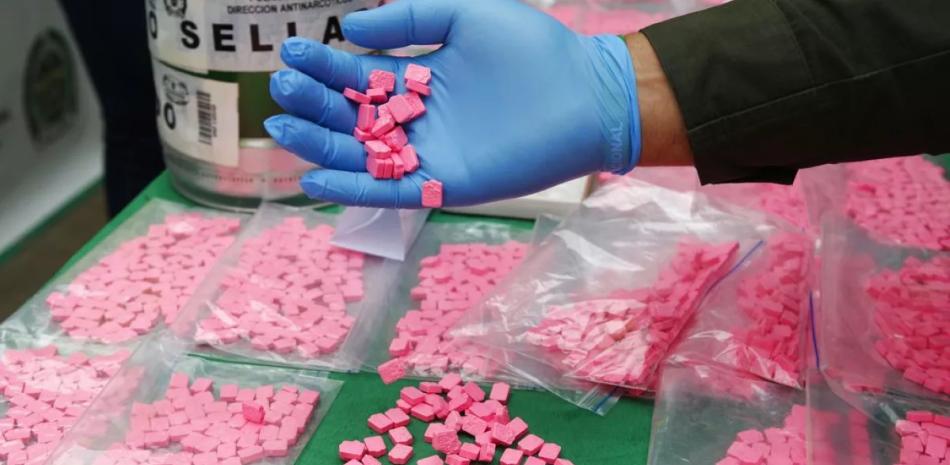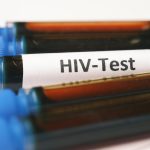Warning of health damage from the synthetic drug “pink cocaine”

The effects of the drug can range from intense episodes of euphoria and hallucinations to severe anxiety, paranoia, panic and in some cases, psychosis.EXTERNA
Santo Domingo – Intelligence and anti-drug agencies in the Dominican Republic are handling information about a new synthetic drug called “Tussi,” known as “pink cocaine.”
Reports indicate that the potent and harmful hallucinogen is being trafficked in Latin American and Caribbean countries.
Listin Diario sources assure that Dominican authorities, concerned about the effects of this potent drug, are carrying out in-depth investigations to find out if the so-called “pink cocaine” is circulating in the country among consumers and traffickers.
According to investigations to which this newspaper had access, the person who consumes Tussi is exposed to multiple risks, such as overdose, severe intoxication, or unexpected adverse reactions.
The effects can vary “from intense episodes of euphoria and hallucinations to severe anxiety, paranoia, panic and in some cases, psychosis,” the study says.
The specialists in charge of the research warn that “pink cocaine” has been proven to affect both the central nervous system and the cardiovascular system.”
The drug can also produce long-term effects, such as brain damage and psychiatric disorders.
The source, who is very close to the investigations into the possible presence of this synthetic drug in the Dominican Republic, assured that drug trafficking networks operating in Colombia, Mexico, and Venezuela are responsible for its production and distribution in Latin American and Caribbean countries.
The concern of the authorities goes beyond the effects that “pink cocaine” can have on public health, as they understand that Tussi “has become a tool for the dynamization of the illicit drug market” with the consequent increase in criminality, exacerbating violence.
According to reports obtained by Listin Diario, intelligence and anti-drug agencies in the country are keeping a close watch on discos and entertainment centers given the severe risk for the youth that the consumption of Tussi represents due to its high potential for physical, psychological, and addictive damage.
The intelligence work is carried out in response to recommendations for the implementation of prevention and control policies to curb the consumption and expansion of this dangerous drug.
The synthetic drug Tussi is also known as 2C or pink cocaine, although it does not contain cocaine. The pink is due to the fact that it contains a food coloring of that color.
As users are often unaware of what it contains, it can cause unpredictable and dangerous psychoactive effects.
Other effects include euphoria, increased energy, restlessness, increased heart rate, decreased appetite, distorted perception, headache, dehydration, anxiety, nausea, vomiting, and diarrhea.
Although cocaine has anesthetic and stimulant properties, the properties of tussi are psychoactive, affecting serotonin, a neurotransmitter related to the control of emotions and mood.
According to information posted on various websites about the drug, its use is highly dangerous, as it leads people to feel that the effects of pink cocaine may not be what they expect and continue using it until they find it.
But they can also become addicted to the sense of risk that arises through what can be a chemical version of “Russian Roulette.”
When someone repeatedly uses pink cocaine, as with any addictive substance, the body begins to develop tolerance and needs to use more and more of it to feel the same effects as the initial doses.
For that reason, it can be deadly for users.
People trapped in addiction require specialized treatment and a detoxification process in a center that offers a program tailored to the needs of each patient, with the aim of reversing their physical and psychological dependence.
Pink cocaine,” originally from Colombia, is causing concern among healthcare providers because of its increasingly widespread use and its harmful effects.
















